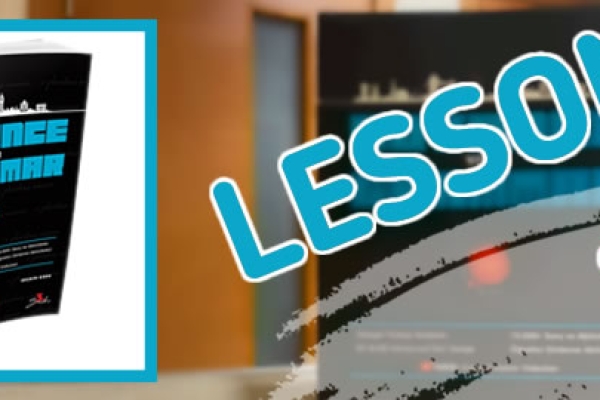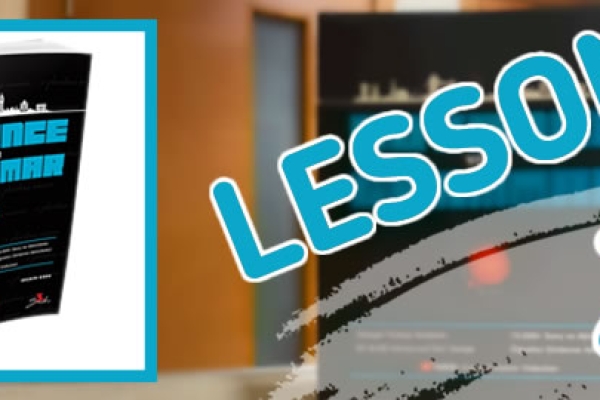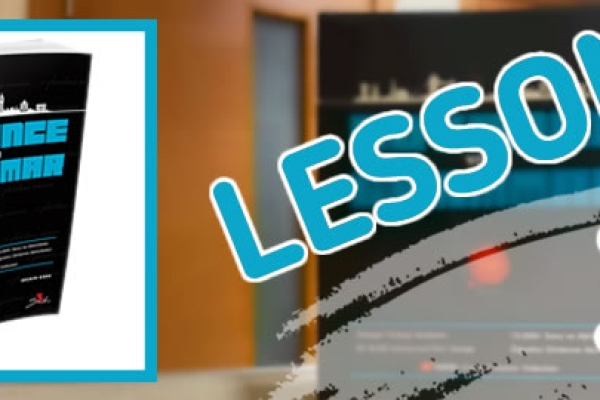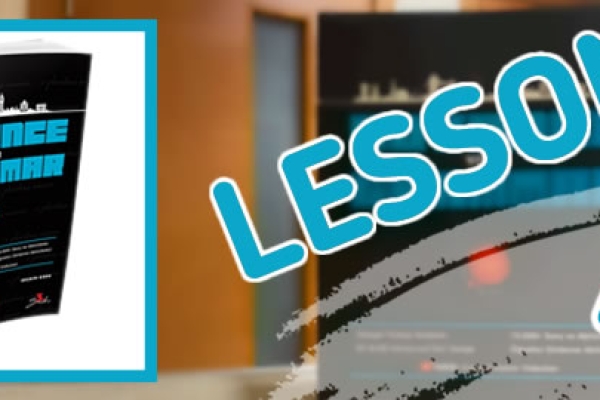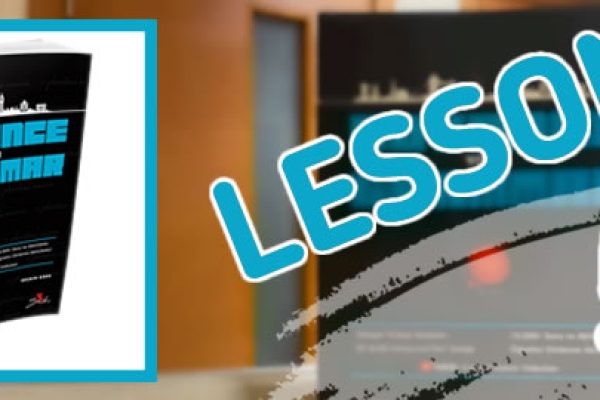Structures Used with Unreal Time: Would Rather, Would Sooner, and Polite Requests
Unreal time structures are used to talk about hypothetical, imaginary, or unlikely situations. In English, phrases like "would rather," "would sooner," and polite requests using "would" or "could" follow this pattern. These structures often use the past simple tense, even though they refer to present or future situations. Let’s explore these structures in detail.
Would Rather – Expressing Preferences
“Would rather” is used to express preferences about present, future, or even past actions. When talking about another person’s action, the verb is used in the past simple form, even though it refers to the present or future.
Examples:
-
I would rather you didn’t tell anyone about this.
(I prefer that you don’t tell anyone, but the past simple tense is used to indicate a hypothetical preference.) -
She would rather he studied engineering instead of law.
(She prefers that he studies engineering, but this is not the current reality.)
When talking about one's own preference, “would rather” is followed by the base form of the verb:
-
I would rather stay at home than go out tonight.
(I prefer staying at home.)
Would Sooner – Expressing Stronger Preferences
“Would sooner” is similar to “would rather” but often suggests a stronger preference or a greater sense of urgency.
Examples:
-
I would sooner quit my job than work under these conditions.
(I strongly prefer quitting my job rather than continuing under bad conditions.) -
He would sooner fail the exam than cheat.
(He prefers to fail rather than cheat, emphasizing a strong moral choice.)
Like “would rather,” when referring to someone else’s action, the past simple tense is used:
-
I would sooner you told me the truth.
(I prefer that you tell me the truth, but I use past simple to make it more polite.)
Polite Requests and Questions Using Would/Could
Unreal time structures are also used in polite requests to make them sound less direct. “Would” and “Could” are commonly used for this purpose.
Examples:
-
Would you mind helping me with this report?
(This is a polite way to ask for help instead of a direct command.) -
Could you lend me your notes for the class?
(Using “could” makes the request more polite and less demanding.)
“Would” is also used for polite offers and invitations:
-
Would you like some coffee?
(A polite way to offer coffee.) -
Would you care to join us for dinner?
(A very polite way to invite someone.)
These structures help make speech sound more diplomatic and considerate, an important aspect of natural English communication.
By mastering these unreal time structures, you can improve both your fluency and politeness in English conversation. Understanding when and how to use them will help you express preferences, make polite requests, and communicate hypothetical situations effectively.



